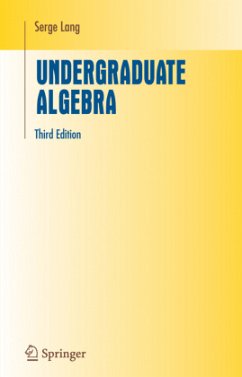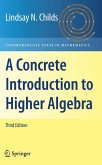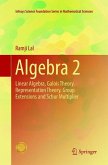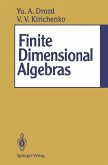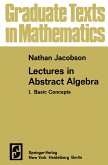This book, together with Linear Algebra, constitutes a curriculum for an algebra program addressed to undergraduates. The separation of the hnear algebra from the other basic algebraic structures fits all existing tendencies affecting undergraduate teaching, and I agree with these tendencies. I have made the present book self contained logically, but it is probably better if students take the linear algebra course before being introduced to the more abstract notions of groups, rings, and fields, and the systematic development of their basic abstract properties. There is of course a little overlap with the book Lin ear Algebra, since I wanted to make the present book self contained. I define vector spaces, matrices, and linear maps and prove their basic properties. The present book could be used for a one-term course, or a year's course, possibly combining it with Linear Algebra. I think it is important to do the field theory and the Galois theory, more important, say, than to do much more group theory than we have done here. There is a chapter on finite fields, which exhibit both features from general field theory, and special features due to characteristic p. Such fields have become important in coding theory.
From the reviews of the third edition: "As is very typical for Professor Lang's self demand and style of publishing, he has tried to both improve and up-date his already well-established text. ... Numerous examples and exercises accompany this now already classic primer of modern algebra, which as usual, reflects the author's great individuality just as much as his unrivalled didactic mastery and his care for profound mathematical education at any level. ... The present textbook ... will remain one of the great standard introductions to the subject for beginners." (Werner Kleinert, Zentralblatt MATH, Vol. 1063, 2005)

